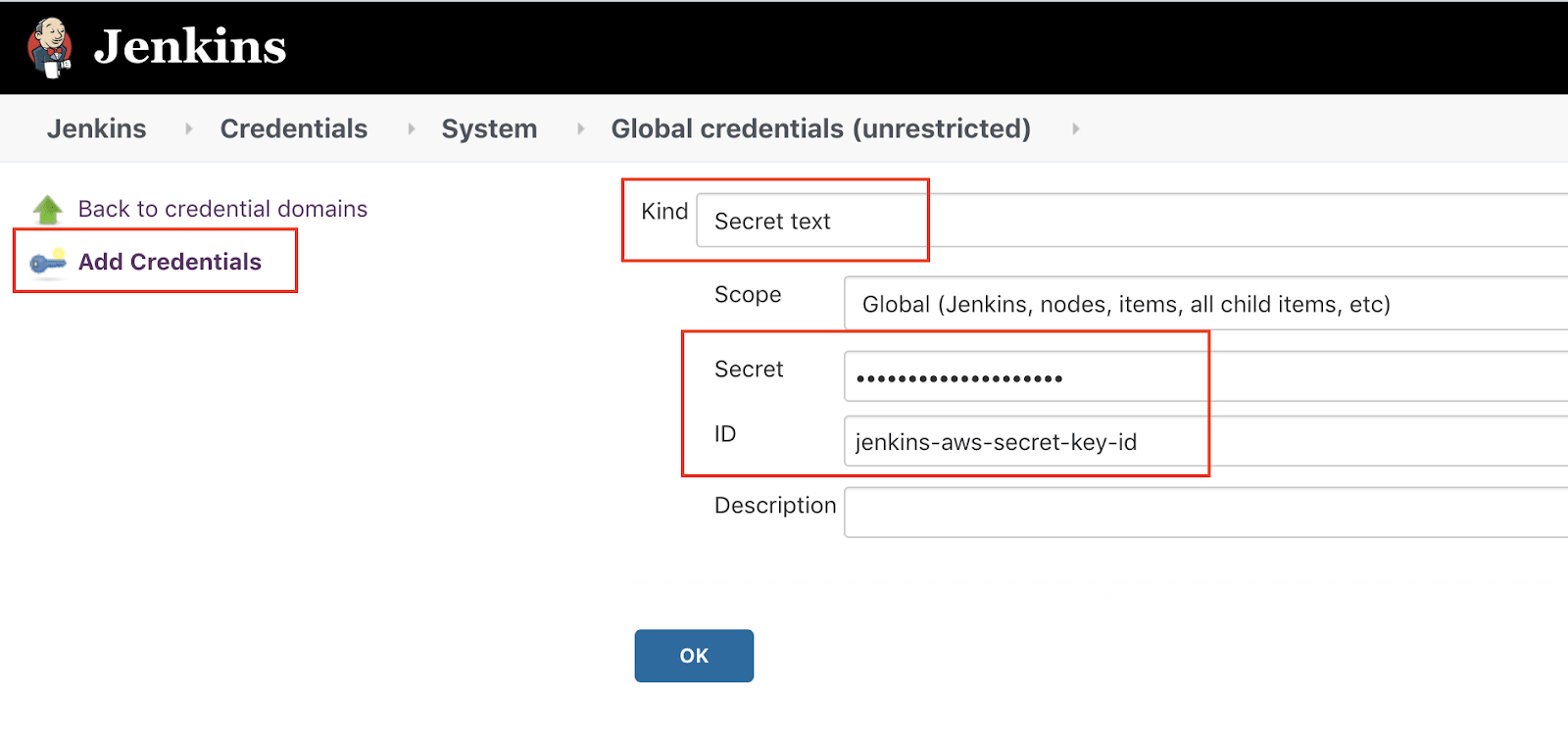

- Get permission to opne the secret folder for jenkins in mac install#
- Get permission to opne the secret folder for jenkins in mac update#
Get permission to opne the secret folder for jenkins in mac update#
In future, when you want or need to update your packages you must “unhold” these packages by running: sudo apt-mark unhold kubernetes-cni kubelet kubeadm kubectl docker-ce then proceed to update your packages, you must, however, ensure that you update all of your servers as Kubernetes requires the same versions of the software on all servers (master and nodes). We will now mark these packages as ‘held’ to ensure continuity in our platform – you will, however, need to manually manage updates in future though! sudo apt-mark hold kubernetes-cni kubelet kubeadm kubectl docker-ce
Get permission to opne the secret folder for jenkins in mac install#
Sudo apt-get install kubelet kubeadm kubectl -y …and now we will install the other components (making up the Kubernetes software stack): sudo apt-get update Sudo apt-add-repository "deb kubernetes-xenial main" Like we did before, we will now import a Google GPG key (Kubernetes is a Google project!) curl -s | sudo apt-key add.

Now we will install some more packages, these are various Kubernetes software components.

Now that Docker is installed, we’ll add our user to the Docker group to ensure that we can run commands without getting permission issues. Let’s update our package list and then install Docker from the official repository like so: sudo apt update Sudo add-apt-repository "deb $(lsb_release -cs) stable" We can now import the Docker repository GPG key and add the Docker repository and install it like so: curl -fsSL | sudo apt-key add. We will now install a few dependencies before we move on to install the Docker engine… sudo apt-get install apt-transport-https ca-certificates curl software-properties-common -y In order for Kubelet to work correctly, we also need to disable SWAP, we can do this by running the following commands: sudo swapoff -aįor the majority of users, the above sed command should work if you accepted the default partition map in Ubuntu Server installation but you should check that it’s disabled the correct line by running cat /etc/fstab, all being well, the ‘ /swap‘ partition will be commented out (the line will pre prefixed with hash “ #“). Sudo sed -i 's/#_forward=1/_forward=1/g' /etc/nf Kubernetes recommends setting _forward is to 1 we will, therefore, need to apply this change as follows:- sudo sysctl -w _forward=1 Let’s start off as we would normally do on a fresh server, let’s update our package repository lists and apply any upgrades that are waiting for us: sudo apt-get update -y

These instructions should be executed on ALL servers The above hardware configurations are the minimum recommended in the Kubernetes documentation for each server type, you can, of course, add more RAM and vCPU’s if you wanted! Installing the base software The master server will be configured with 2GB of RAM and 2 vCPU’sīoth node servers will be configured with 1GB of RAM and 1 vCPU’s I will create three virtual machines all of which are running Ubuntu Server 18.04 (we can add more at a later date if we wanted), the specs and the IP addresses that I will use are as follows: I thought I’d document the process of setting up a Kubernetes cluster on several virtual machines (obviously the same applies to true bare metal too) but here goes… The requirements before I push to cloud services (and start having to pay real money) Personally, I use several cloud services but I also like to understand how the underlying technology works – I have a bare metal K8s cluster (on a number of VM’s) at home, this enables me to play and fine-tune my containers and YAML files etc. The “cloud” is great and there are now several cloud providers offering managed Kubernetes clusters such as Amazon’s Elastic Kubernetes Service (EKS), Google’s Kubernetes Engine (GKE) and Microsoft Azure’s Kubernetes Service (AKS) but sometimes people like to host and play with their own stuff, on their own hardware – right?!


 0 kommentar(er)
0 kommentar(er)
